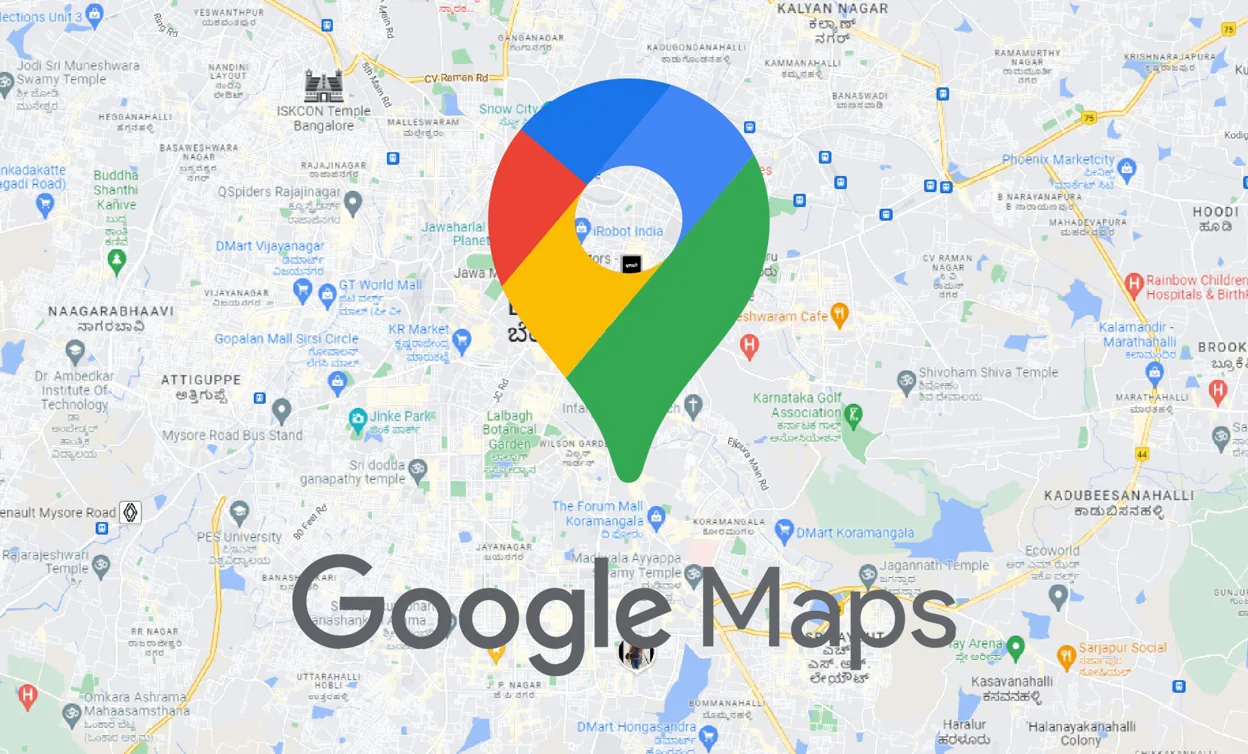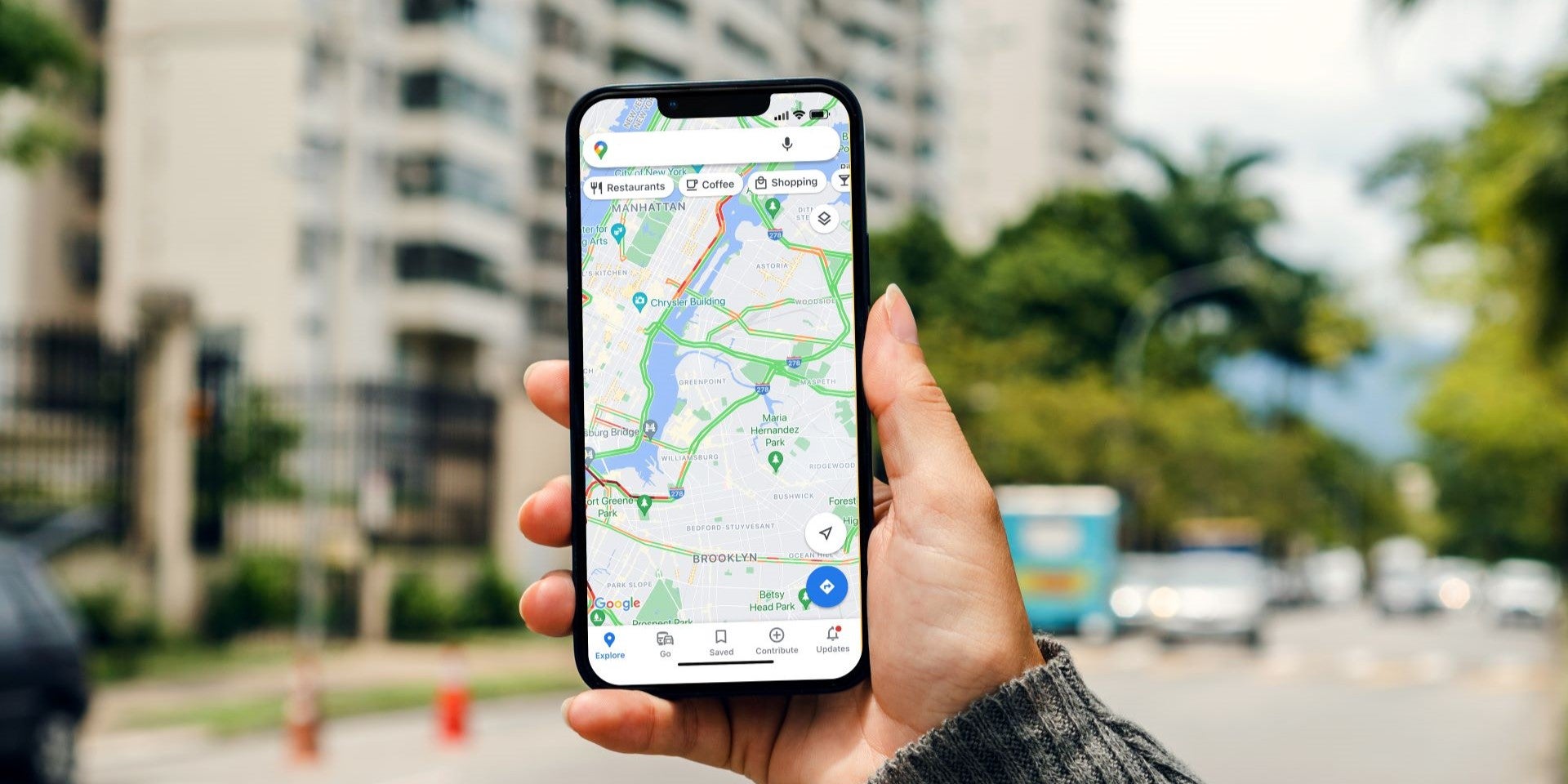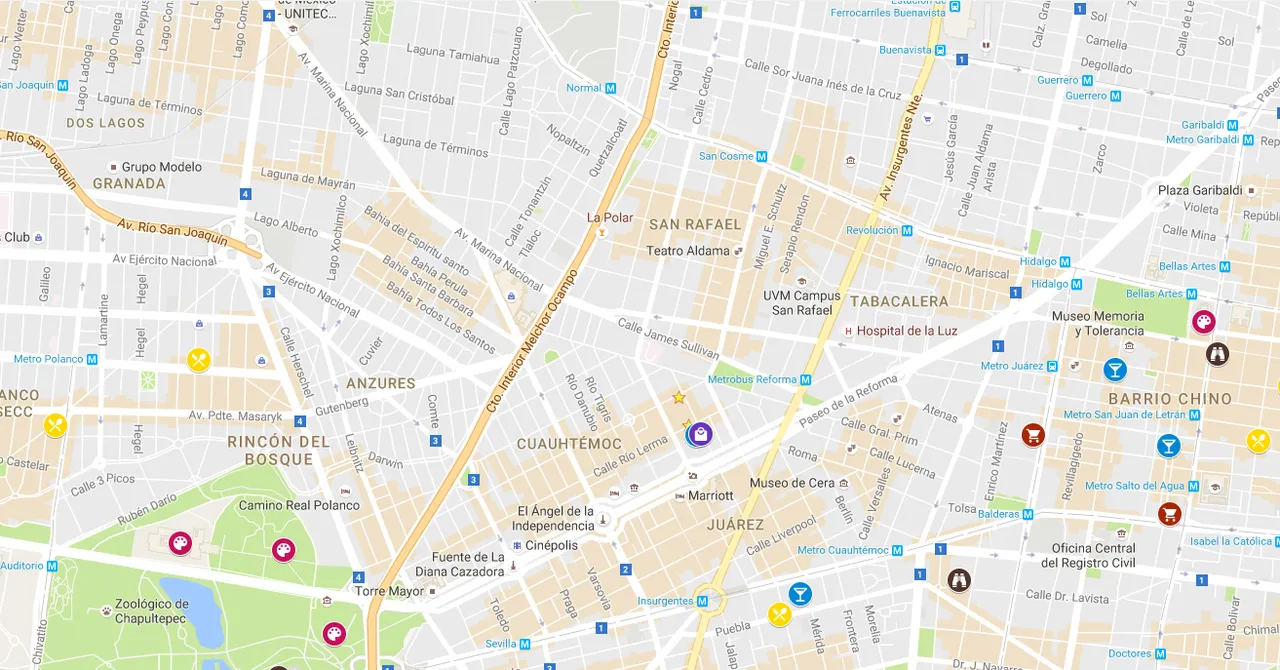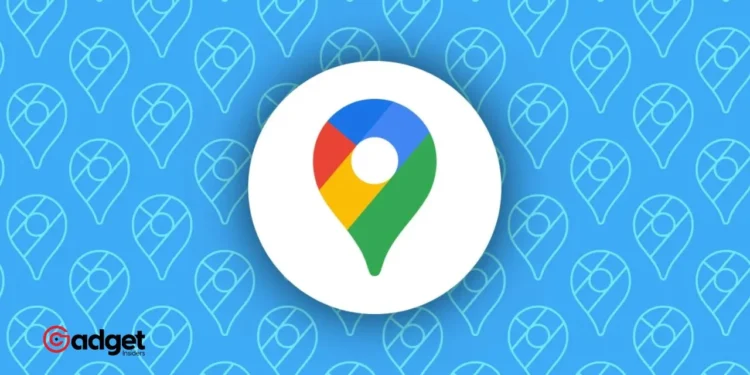In an unexpected turn of events, Google has announced the discontinuation of its embedded messaging service within Google Maps, a feature that has been part of the app since 2018. As technology evolves and user engagement shifts, even the most integral services find their conclusion, and Google Maps Messaging is no exception.

The Rise and Fall of Google Maps Messaging
Launched quietly as an addition to the Google Maps interface, the messaging feature aimed to streamline communication between businesses and customers directly through the app. Users could easily connect with local businesses with a simple tap on the “Chat” button, which was positioned alongside other key functionalities like “Call,” “Directions,” and “Website.”
The service was more than a mere convenience; it was a part of Google’s broader strategy to integrate various communication tools within its ecosystem. However, despite its practical utility, the feature never became as mainstream as anticipated. On July 15, 2024, Google will disable the ability to initiate new chats, with a complete shutdown scheduled for July 31, 2024. This move will allow businesses to download past conversations via Google Takeout until the service is fully discontinued.

The Complex Web of Google Messaging Services
Google’s approach to messaging has been, at best, described as scattered. Over the years, the tech giant has introduced—and subsequently terminated—a variety of messaging solutions, from the short-lived Google Allo to the more recent Google “One” VPN service. This pattern reflects a trial and error method in Google’s strategy, often leaving users and businesses adapting to new platforms only to find them phased out shortly after.
Google Maps Messaging, recognized as Google Messaging Service No. 16 in a comprehensive review of Google’s messaging history, has undergone several transformations since its inception. Initially linked with Google Allo and later transformed into a standalone messaging interface within the Maps app, the service aimed to facilitate seamless communication without the need for third-party apps.
What Lies Ahead for Business Communications?
As Google phases out its Maps messaging feature, businesses must seek alternative communication channels to engage with customers. This shift opens the door for other tech companies that have established robust messaging frameworks. Platforms like Apple’s iMessage-based Messages for Business and Meta’s suite, including WhatsApp Business Messaging and Facebook Messenger’s Meta Business Messaging, are already positioning themselves as viable alternatives for businesses seeking to maintain direct lines of communication with their customers.

Furthermore, companies like Twilio provide customizable communication solutions, indicating that the business messaging market remains vibrant and competitive. As these platforms continue to evolve, they offer businesses various tools to enhance customer interaction and satisfaction.
Conclusion: An Ongoing Evolution in Digital Communication
The closure of Google Maps Messaging marks the end of an era for Google’s in-app communication but also highlights the constant evolution of digital messaging technologies. As businesses and consumers adapt to new platforms and technologies, the landscape of digital communication continues to shift, promising new opportunities for engagement and innovation in the way we connect.
In this ever-changing digital world, one thing remains certain: the importance of effective communication channels in maintaining strong customer relationships. As we bid farewell to Google Maps Messaging, the search for the next best communication platform continues, driven by user needs and technological advancements.









